I too am a new contributor, so please forgive me for any kind of misleadings or incorrect answers.
I have tried to extract the text from your image and the results were pretty good.here is the output image with bounding boxes
I have used image_to_data function instead of image_to_string to get the confidence value of each line of text.
Output:
QCCOVARDECRATOBHÍv
CHIBOVZINREVÁVRWTOI # recognized an extra O at the last
VULTOOGCONVOIBORGO
RVMARABILLARRBAGAZ
EARAVARGOQONGUESUSA
V
BSVKOZNAVARAGVÚCTL
AQCOOLLEMREVVCEGAO
ZUVAGOLEBONNABALXL
REODORMOBILEJAHABACQ
EIBBTAODORVICAAOSVR
VRBAONVTVFORÑEBIER
OO0ODEGREELOVCAVRDLA
GBCBTOTBLEOOATXMIAQ
SVALAVANELVOILOVNJ
EOLREBELAROSBTLVAS
VASTORETAVALEARTYW
ADOVNGRAVATAMJREÓ
Í
Still, there are a few incorrect recognitions like the Spanish-U in the 5th line of the image. Tesseract even added a few characters.
Here is the code in python:
custom_oem_psm_config = r'--oem 3 --psm 6'
ocr = pytesseract.image_to_data(otsu, output_type=Output.DICT,config=custom_oem_psm_config,lang='spa')
boxes = len(ocr['text'])
texts = []
for i in range(boxes):
if (int(ocr['conf'][i]) != -1):
(x,y,w,h) = (ocr['left'][i],ocr['top'][i],ocr['width'][i],ocr['height'][i])
cv2.rectangle(img_copy,(x,y),(x+w,y+h),(255,0,0),2)
texts.append(ocr['text'][i])
def list_to_string(list):
str1 = "\n"
return str1.join(list)
string = list_to_string(texts)
print("String: ",string)
Thank you

